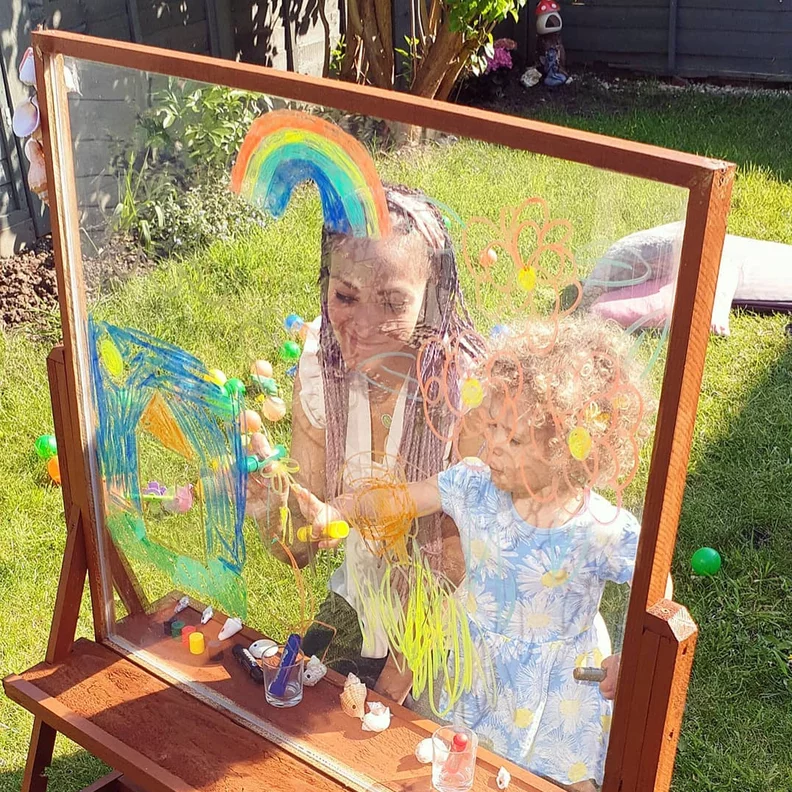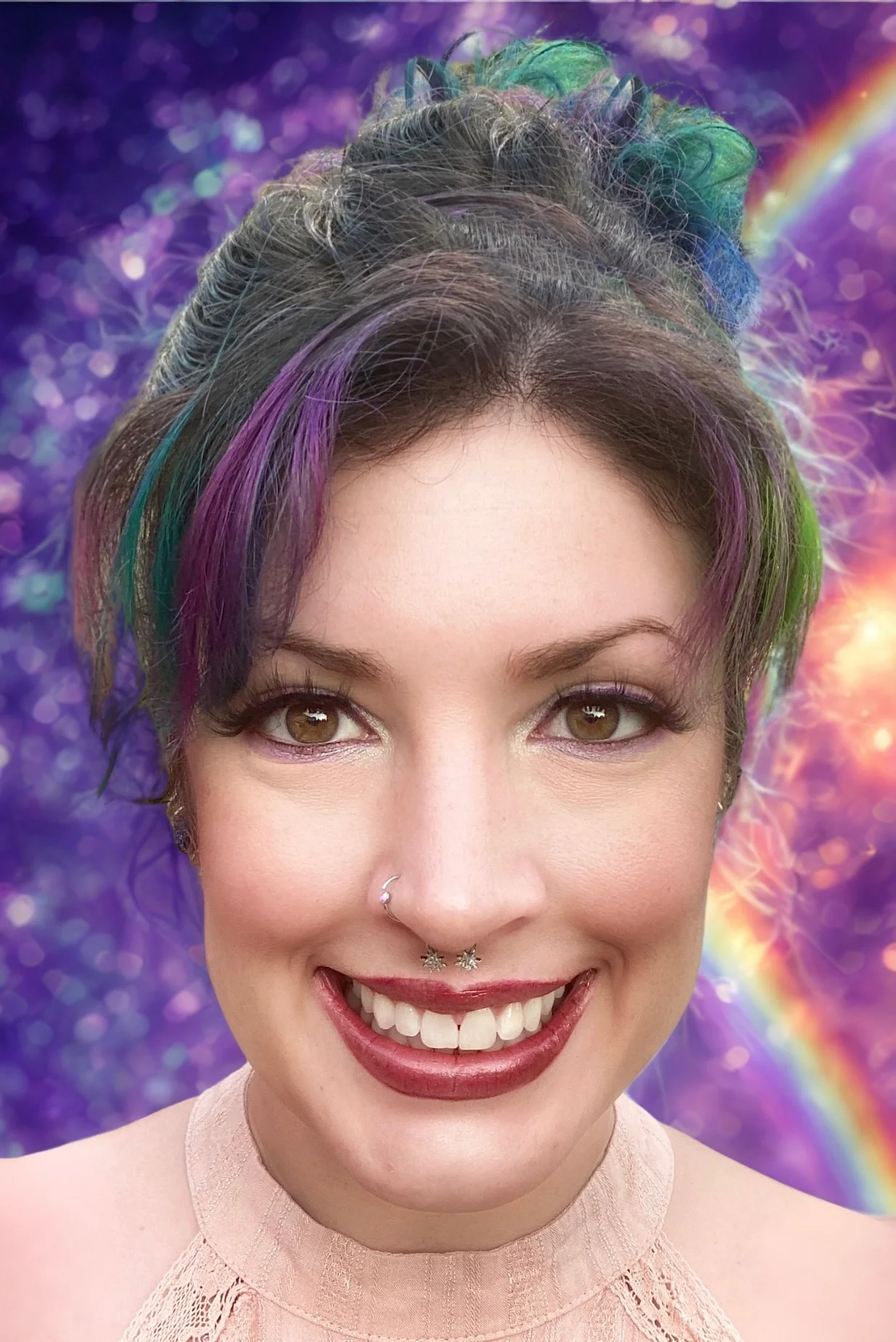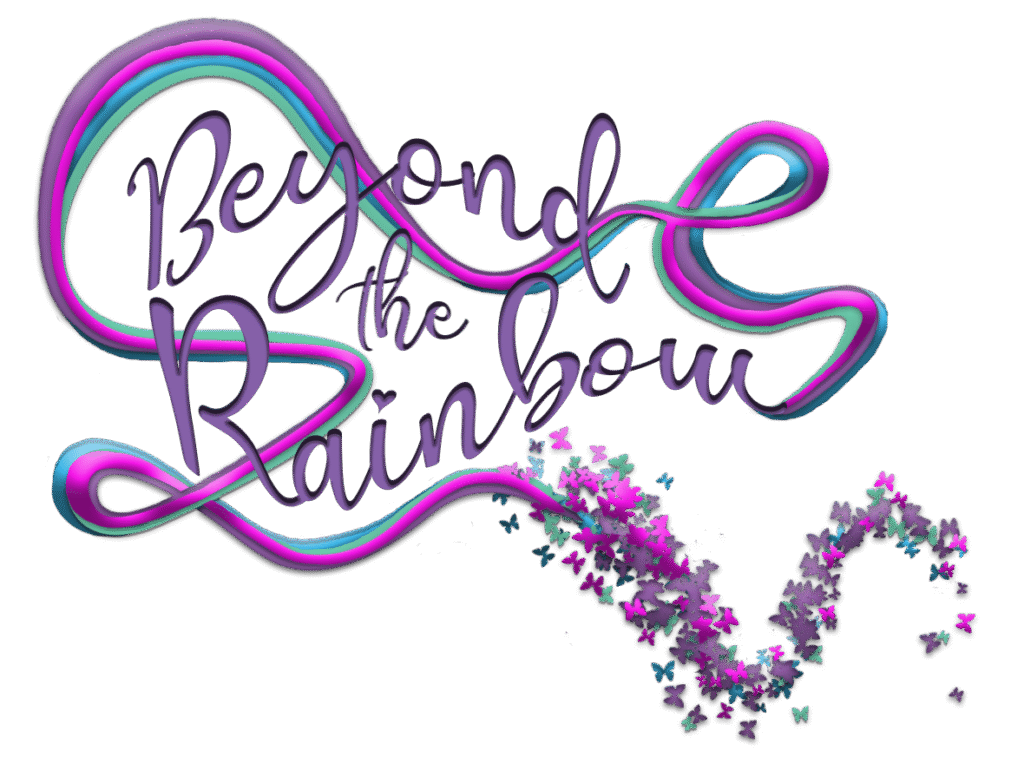Beyond the Rainbow ABA
Where even the sky holds no limits
Propelling potential through science-based methods steered by perception and creativity to empower individuals with autism to develop essential life skills and lead fulfilling, autonomous lives.
About Us

What Is ABA?
Applied Behavior Analysis (ABA) is the most scientifically supported approach to help children with autism spectrum disorder (ASD) achieve their full potential, personalized to each individual’s unique needs and interests. Although most well-known for this, ABA can be applied to a wide range of challenges and populations. ABA focuses on teaching skills and reducing behaviors that may hinder progress towards a meaningful, independent life.
Who is this Casey person?
I’ve been working in this field since the beginning of 2008, which was the best preparation and parent training I could’ve ever had for when I had my first son at the end of 2011, whom I would later come to find out was on the spectrum. I believe I’ve had a unique background and have certainly pulled from all my various experiences to be the type of clinician I am today. I grew up helping my mom with puppet shows and the like when she was a kindergarten music teacher, always having a strong background in art, theater, and music (I’ve been on the radio and done some pretty cool singing gigs). I’ve worked in nursing homes, including dementia wards, as a medical technician, caregiver, and an activities director. I’ve been a youth director, coming up with fun games and leading retreats and music for teens, a rock climbing facilitator, a photographer (specializing in fantasy photo shoots with kids), a virtual teacher for kids in China, ages 2-14, for 3 years (achieving 41 different certifications), and have run my own art shop (via Etsy and vendor fairs). In the field of ABA, I first worked at a private school designed for kids with autism that had small classrooms of neurotypical children with one to two kids on the spectrum. It was an amazing way for the kids on the spectrum to learn social skills and make friends while teaching neurotypical children how to accept others who were different and love them for who they were. Every child had a unique way to help one another and it was a beautiful, symbiotic system!

Our Services
ABA Therapy at Home
Providing therapy where it initially matters most, the home, and training caregivers on how to consistently implement strategies to achieve the quickest progress!
Community Integrations
Delivering support in the "real world" to assist the family to function as a whole and work on social skills.
Virtual ABA Therapy
Using a HIPAA-compliant secure telehealth platform, ABA and/or parent training can be delivered when there are health and safety concerns for immunocompromised children or barriers related to a remote location.
Adolescent and Adult ABA Therapy
Many ABA providers focus on early intervention and have a cut-off age for services. As with all humans in all walks of life as we grow, for every milestone met and accomplishment, new challenges arise.
Vocational Services
Neurodivergent individuals have many unique skills and out-of-the-box ways of thinking that can help businesses thrive, but training and company protocols are often crafted by neurotypical folks with little ...
Continuity of Care
Beyond the Rainbow will collaborate with other professionals in the individual’s life to ensure we are doing our part in operating in unity as a team and following through with consistency.
Frequently Asked Questions
We serve individuals of all ages—from toddlers just starting their developmental journey to adolescents and adults working on independence, social, or vocational skills. ABA isn’t just for young children!
While our primary focus is supporting individuals on the autism spectrum, ABA can also benefit those with other developmental or behavioral needs. Feel free to contact us to discuss your specific situation.
At Beyond the Rainbow, we prioritize a compassionate, trauma-informed approach that centers around the dignity and unique needs of each client. We place strong emphasis on caregiver involvement, natural environment teaching (NET), and the development of real-world skills—not just rote memorization of flashcards. Creativity and out-of-the-box thinking are essential in our work, and we view neurodivergent team members as a valuable asset to our practice.
Therapist training is always a top priority and never treated as a one-and-done task to check off a list. This company is, and always will be, led by individuals who are not only trained but have demonstrated a deep understanding of autism and the everyday challenges faced by the families we serve. Anyone in a position of influence over therapeutic decisions will be someone who has done the job themselves—ensuring they understand the realities and responsibilities of implementing best practices.
We are not owned by investors or corporate entities driven by profit. Decisions at Beyond the Rainbow are made by people who are truly part of the work—because we believe quality ABA services should always be rooted in empathy, expertise, and lived experience.
Yes, and for good reason. Parents and caregivers are the most influential people in a child's life. Our goal is to equip you with the knowledge and skills as well as empower you to feel confident using the same strategies we do; this will pave the way for quicker progress that will also continue outside of sessions. Insurance companies also require parent goals. We understand that all families are busy and, as long as caregivers WANT to participate, we will assist in problem-solving how to make this happen while being feasible. However, if caregivers do not desire to participate or learn strategies to maintain consistency, going with a provider that is in-clinic only where parent goals are typically only addressed at one hour monthly meetings would be a better option for such families. Having caregiver involvement is integral in a child's achievements and Beyond The Rainbow sees this as a top priority.
A treatment plan will be the goals the BA has created based off their assessment and the caregiver's feedback and relayed priorities. It will be individualized. For example, different kids could be working on the same skills, but in totally different ways, catering to an individual's different interests and strengths. When assessing the level of challenge, it's critical to meet a person where they're at while also keeping in mind where their neurotypical peers are. For example, all 2 year olds have tantrums, so a behavioral intervention goal that decreases their tantrums to zero would not be attainable or realistic. What would be attainable is a goal for extinguishing self-injury during tantrums or decreasing the duration of tantrums. Part of an assessment is figuring out what prerequisites exist so existing skills can be expanded and advanced. A general prerequisite skill for sign language is being capable of fine motor imitation. But one of the beautiful things about people with autism is they love to show us that rules are often made to be broken. Many kids on the spectrum have splinter skills, which are skills that seem advanced in contrast to other developmental abilities. After goals are established, the therapy team must also remain flexible and always assess what changes to "the plan" may be better for their client. It's common for kids to not show a full picture of what they're capable of during an assessment. (Afterall, can you blame them for not telling all their secrets to a stranger they've just met?) Goals (and therapists) should never be rigid, but always open to change.






